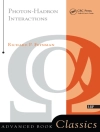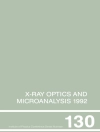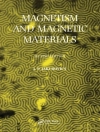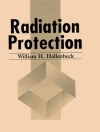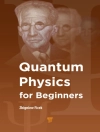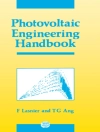An accessible look at the mysteries that lurk at the edge of the known universe and beyond
The observable universe, the part we can see with telescopes, is incredibly vast. Yet recent theories suggest that there is far more to the universe than what our instruments record—in fact, it could be infinite. Colossal flows of galaxies, large empty regions called voids, and other unexplained phenomena offer clues that our own ‘bubble universe’ could be part of a greater realm called the multiverse. How big is the observable universe? What it is made of? What lies beyond it? Was there a time before the Big Bang? Could space have unseen dimensions? In this book, physicist and science writer Paul Halpern explains what we know?and what we hope to soon find out?about our extraordinary cosmos.
- Explains what we know about the Big Bang, the accelerating universe, dark energy, dark flow, and dark matter to examine some of the theories about the content of the universe and why its edge is getting farther away from us faster
- Explores the idea that the observable universe could be a hologram and that everything that happens within it might be written on its edge
- Written by physicist and popular science writer Paul Halpern, whose other books include Collider: The Search for the World’s Smallest Particles, and What’s Science Ever Done For Us: What the Simpsons Can Teach Us About Physics, Robots, Life, and the Universe
Tabella dei contenuti
Prologue: Cosmology’s Extraordinary
New Frontiers 1
1 How Far Out Can We See?: Voyage to the Edge of the Known Universe 7
2 How Was the Universe Born?: Revealing the Dawn of Time 22
3 How Far Away Will the Edge Get?: The Discovery of the Accelerating Universe 39
4 Why Does the Universe Seem So Smooth?: The Inflationary Era 52
5 What Is Dark Energy?: Will It Tear Space Apart? 67
6 Do We Live in a Hologram?: Exploring the Boundaries of Information 82
7 Are There Alternatives to Inflation?: Extra Dimensions and the Big Bounce 96
8 What Builds Structure in the Universe?: The Search for Dark Matter 110
9 What Is Tugging on Galaxies?: The Mysteries of Dark Flow and the Great Attractor 125
10 What Is the “Axis of Evil”?: Investigating Strange Features of the Cosmic Background 137
11 What Are the Immense Blasts of Energy from the Farthest Reaches of Space?: Gamma-Ray Bursts and the Quest for Cosmic Dragons 148
12 Can We Journey to Parallel Universes?: Wormholes as Gateways 161
13 Is The Universe Constantly Splitting into Multiple Realities?: The Many-Worlds Hypothesis 174
14 How Will the Universe End?: With a Bang, Bounce, Crunch, Rip, Stretch, or Whimper? 188
15 What Are the Ultimate Limits of Our Knowledge about the Cosmos? 204
Acknowledgments 217
Notes 219
Further Reading 225
Index 229
Circa l’autore
PAUL HALPERN, Ph D, is Professor of Physics at the University of the Sciences in Philadelphia. He is the 2002 recipient of a John Simon Guggenheim Memorial Foundation Fellowship, awarded for research that ultimately resulted in the book The Great Beyond: Higher Dimensions, Parallel Universes and the Extraordinary Search for a Theory of Everything. He is also the author of Collider: The Search for the World’s Smallest Particles and What’s Science Ever Done for Us?: What The Simpsons Can Teach Us about Physics, Robots, Life, and the Universe.



